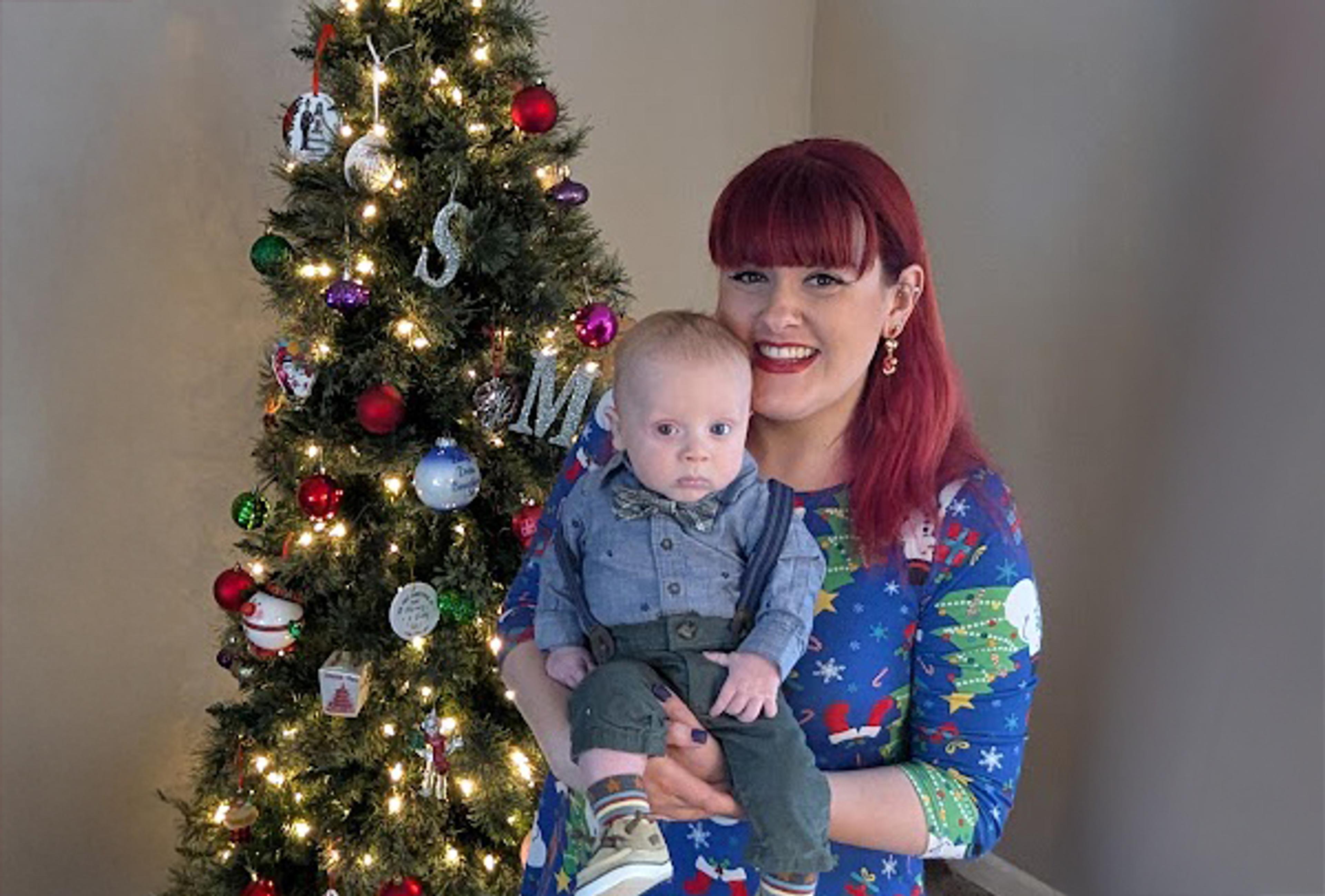SMART planning for a healthy 2013

Niccole LaDue
| 3 min read
It’s a new year and for many a new year means New Year’s resolutions. Unfortunately many of those resolutions are forgotten about by February, but what if you could set yourself up for success? Proper goal planning and strategizing will make you more likely to stick to and achieve your goals throughout the year.
You may have asked yourself, “Why do I even need to set goals?” Goals give you something to strive towards, and keep you focused. Think about it this way; starting a task without a goal in mind is like going on vacation without a destination – you’re likely to get lost.
The first step is to think of something you’ve wanted to do for a while and write it down. A goal is nothing more than an idea until you write it down. The next step is to define it.
To define our goal we’ll use the acronym SMART. That is, specific, measureable, action-based, realistic, and timely. SMART goals answer the who, what, when, where, and why about the goal and help us remember exactly what we want to achieve. As an example, let’s use the most common goal for the New Year: Losing weight.
Specific – Clearly define the goal you are setting out to achieve.
“I want to lose weight.” vs. “I want to lose 10 pounds.”
Measurable– You should be able to reflect back on your goal and monitor your progress to see whether or not you met it.
“I want to get in better shape and exercise more.” vs. “I am going to walk for 30 minutes every day at lunch.”
Action-based – Focus on what you’ll actually do, rather than what the final result will be.
“I’m going to reduce the number of times I eat out.” vs. “I’m going to reduce the number of times I eat out from 5 times a week to 2 times a week.”
Realistic – Too often goals are too far out of reach. When our goals are too difficult, they become an obstacle instead of a source of motivation.
“I’m going to eat more fruits and vegetables.” vs. “I’m going to increase my fruit and vegetable intake to 5 servings a day.”
Timely – Without a timeframe for starting your goal and achieving it, you’ll be more tempted to put it off.
“I’m going to lose 10 pounds.” vs. “I’m going to lose 10 pounds by April 1.”
So now we have a goal of losing 10 pounds by April 1st. To do this I’m going to walk for 30 minutes every day at lunch, reduce the number of times I eat out to 2 times a week, and increase my fruit and vegetable intake to 5 servings a day. How easy was that?
You can use this tool for any goal you have in mind. By using this goal-setting method you are taking a more active role in your decision to become healthier. It is also very helpful to monitor and track your success by writing your goal down and journaling your progress. You may have to modify your goal as you progress. It’s important to remember that life happens. If you don’t reach your exact goal that does not mean you failed. Just modify your goal so it’s more realistic for you and continue on.
Happy goal-setting for a healthy New Year and beyond!
Photo credit: heylovedc





